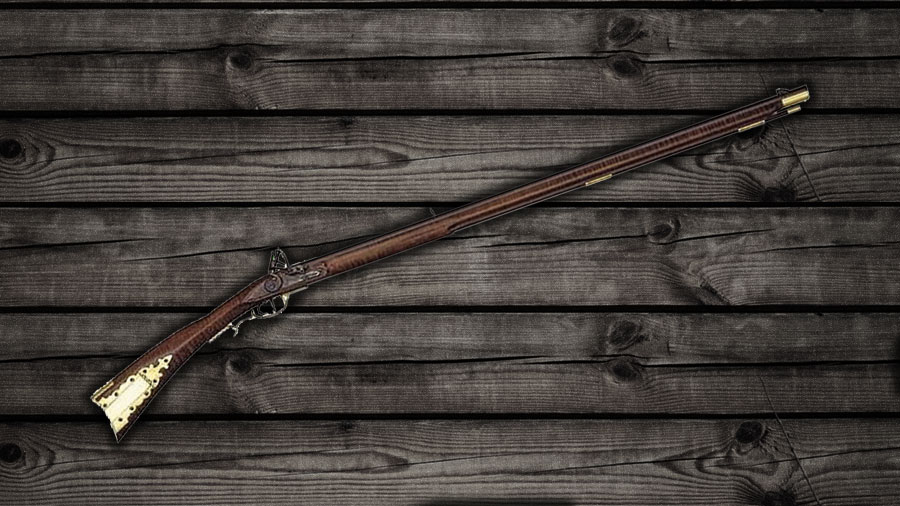From Bourbon & Tradition’s recent post on the Kentucky Rifle:
The Kentucky Rifle (also called the longrifle or the Pennsylvania Rifle) was the first purely American firearm. If not for the Kentucky Rifle, the American frontier may not have been settled so quickly and the shape of the United States as we know it might look entirely different.
Early colonists used Brown Bessies, smoothbore flintlock muskets that were built in and imported from Europe. As early Americans like Daniel Boone, Simon Kenton, and others began pushing westward, it was evident that these European guns were deeply unsuited for the wilderness of Virginia (which then also encompassed what would later become West Virginia and Kentucky).
There were three main problems that led to the invention and adoption of the Kentucky Rifle:
- Frontiersmen needed to hunt regularly and Brown Bessies were heavy enough to make doing so a chore.
- There was a shortage of lead in the American frontier.
- There was a shortage of gun powder in the American frontier.
The Brown Bessies fired large balls of lead, around .70 inches in caliber. The larger size of these balls meant higher air resistance, resulting in a slower projectile and a shorter range. Their range was made even worse by the lack of rifling inside the barrel. This resulted in a brutal curve that rendered Brown Bessies useless past 60 yards.

